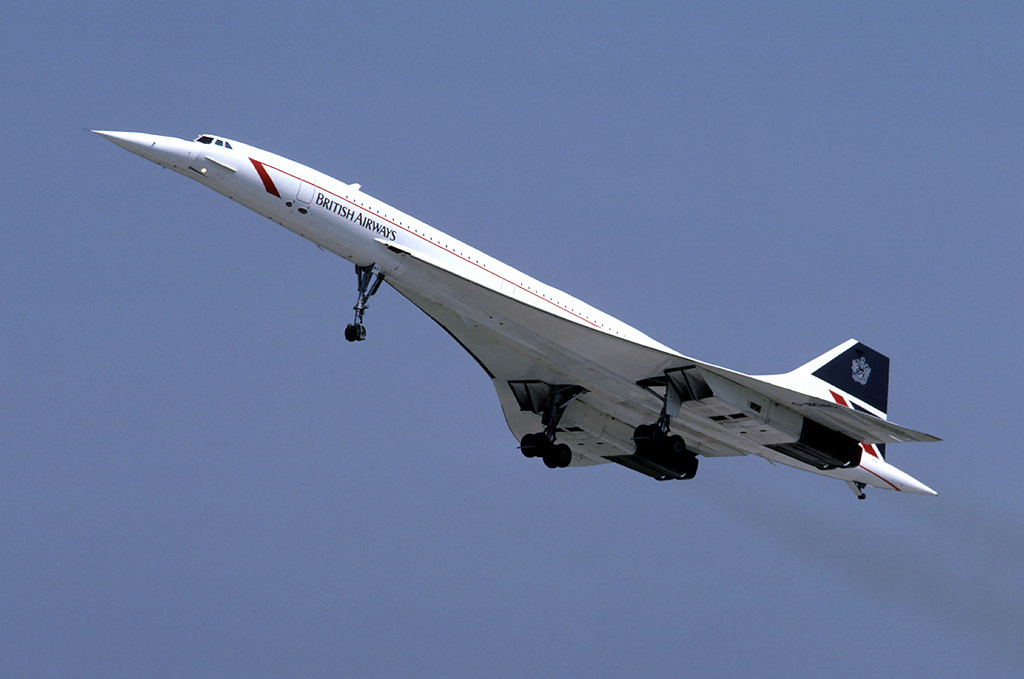
When we think of speed in aviation, military jets often come to mind. However, there’s a fascinating world of civilian jets that push the limits of speed, technology, and comfort. The fastest civilian jet aircraft have set remarkable records, with some still holding titles after many years. In this blog post, we’ll dive into the fastest civilian jet aircraft in history, focusing on the legendary Concorde and modern-day contenders.
The Concorde: The King of Speed
The Concorde is arguably the most famous civilian supersonic jet. Developed by a partnership between the UK and France, this iconic jet first flew in 1969 and entered commercial service in 1976. The Concorde could fly at Mach 2.04, which is more than twice the speed of sound (about 1,354 miles per hour or 2,180 kilometers per hour). This made it not only the fastest civilian aircraft of its time but also one of the fastest jets in history.
Concorde’s ability to fly at altitudes of 60,000 feet (almost 18,300 meters) and reach destinations like New York from London in just under 3.5 hours captivated the world. Unfortunately, due to high operating costs, environmental concerns, and a tragic crash in 2000, Concorde was retired in 2003. However, its legacy as the fastest civilian aircraft lives on.
Modern Day Speedsters
While the Concorde may no longer be in service, the race to create a successor or new supersonic aircraft is ongoing. Here are a few notable contenders vying for the title of the fastest civilian jet:
- Aerion AS2
The Aerion AS2 is a supersonic business jet currently under development by Aerion Corporation. Once in operation, the AS2 is expected to reach speeds of Mach 1.4, or about 1,000 miles per hour (1,609 kilometers per hour). While this is not as fast as the Concorde, the AS2 will be a revolutionary aircraft for private jet owners, allowing them to cross the Atlantic in about 5.5 hours. Aerion plans for this jet to enter service by the mid-2020s, and it will be one of the fastest civilian jets in operation.
- Boom Overture
Another promising supersonic aircraft is the Boom Overture, designed by Boom Supersonic. The Overture is set to reach Mach 2.2 (around 1,451 miles per hour or 2,334 kilometers per hour), slightly faster than the Concorde. This aircraft aims to take the next step in supersonic passenger travel by being more environmentally friendly and cost-effective. The Overture promises to reduce flight times drastically, such as flying from New York to London in just over three hours. The first flight of the Boom Overture is expected to occur in the coming years, with commercial flights anticipated around 2029.
- Spike S-512
The Spike S-512 is a sleek and futuristic aircraft designed by Spike Aerospace. The S-512 is aiming to achieve Mach 1.6, or 1,200 miles per hour (1,931 kilometers per hour), making it a potential game-changer for business aviation. Its unique feature is that it will offer a “silent supersonic” experience, reducing the loud sonic boom that typically accompanies supersonic flight. This could make supersonic travel a viable option for flying over land, which is currently prohibited due to the environmental impact of sonic booms.
Challenges of Supersonic Travel
Despite the excitement surrounding supersonic civilian aircraft, there are several challenges that manufacturers face:
- Sonic Booms – The thunderous noise created when an aircraft breaks the sound barrier is a significant obstacle. Current regulations prohibit supersonic flight over land to avoid disturbing people on the ground. This is why supersonic aircraft like the Concorde primarily flew over oceans.
- Environmental Concerns – Supersonic jets burn a large amount of fuel, contributing to environmental pollution. Modern designs aim to mitigate this issue by using more fuel-efficient engines and incorporating sustainable aviation fuels.
- High Costs – Supersonic jets are expensive to operate and maintain. The high fuel consumption and specialized technology make them cost-prohibitive for many travelers. Companies are working on reducing costs to make supersonic travel more accessible in the future.
The Future of Speed in Civilian Aviation
While the fastest civilian jets today still rely on technology from the Concorde era, innovations are constantly emerging. The world of aviation is moving toward faster, quieter, and more eco-friendly supersonic travel, with several exciting developments underway.
The Aerion AS2, Boom Overture, and Spike S-512 are just a few examples of how the next generation of jets could offer supersonic speeds for commercial and private travelers. If these projects are successful, the future of air travel could see transatlantic flights completed in a fraction of the time it takes today—making the dream of flying faster than ever before a reality.
Conclusion
While the Concorde remains the fastest civilian jet to date, the world is on the cusp of a new era of supersonic air travel. The modern contenders, like the Aerion AS2 and Boom Overture, are set to break new records and revolutionize long-distance travel for passengers. It’s an exciting time for aviation enthusiasts, and we can only wait to see how technology will continue to accelerate the way we travel.

Leave a Reply